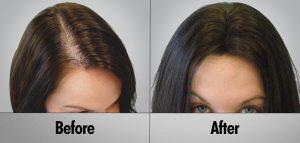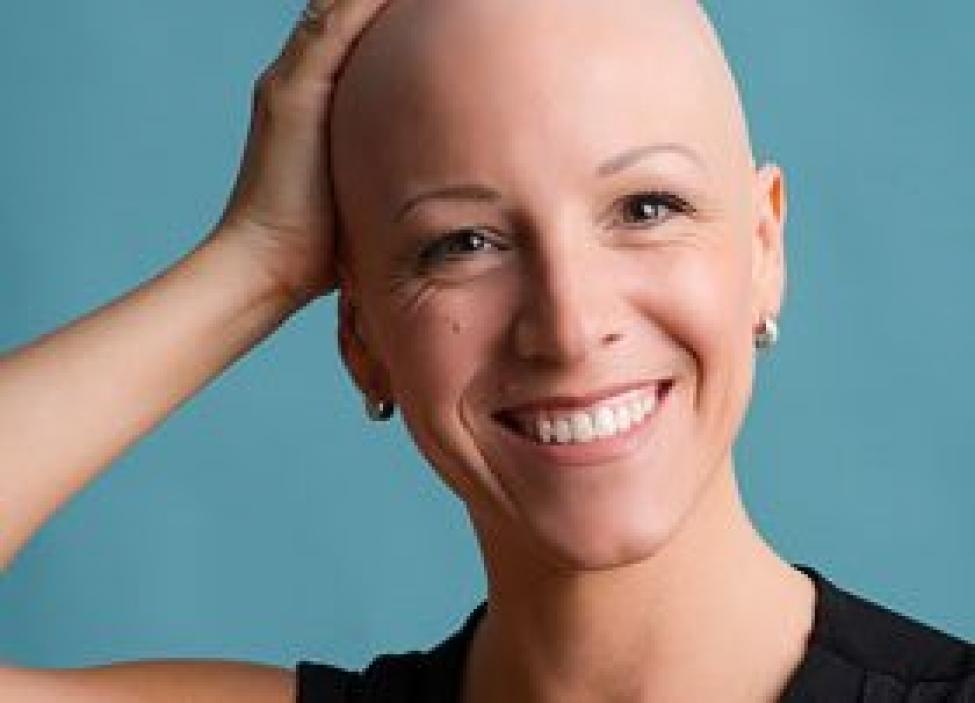There are three types of Alopecia according to The American Hair Loss Association. They are Alopecia: Areata, Totalis, and Universalis
What is Alopecia?
Alopecia simply means “hair loss.” It is the medical term for hair loss and there are numerous forms of alopecia. Today, we’ll look at three different terms that include the word alopecia:
• Alopecia Totalis
• Alopecia Universalis
• Androgenetic Alopecia
Alopecia Totalis
Alopecia Totalis is thought to be an autoimmune disorder that causes loss of all head hair. Unlike androgenetic alopecia (male or female pattern baldness), there are no remaining patches or areas with hair on the scalp once alopecia totalis has run its course. It is still questonbly believed that stress is a major contributing factor in causing alopecia totalis, despite the fact that many people who suffer from it report low stress levels.
Alopecia Universalis
Also sometimes called alopecia areata universalis, alopecia universalis is the term used to describe rapid loss of hair all over the body. It includes head hair, eyebrows, and even eyelashes. It is the most severe form of hair loss and is believed to be an autoimmune disorder. While many treatments have been explored, no standard treatments exist for this condition.
 Androgenetic Alopecia
Androgenetic Alopecia
Androgenetic alopecia is the most common type of hair loss. It is also referred to as male or female pattern hair loss and is abbreviated as AGA. Heredity and hormones are the two major factors that can cause this type of hair loss. Androgenetic alopecia causes more than 95% of hair loss in men. Women are greatly affected by it as well, in part due to the same gentetic factors found in me as well as other contributing facters like ovarian cysts, high androgen index birth control pills, pregnancy, and menopause.
To learn more about all the forms of alopecia and the treatments available, please contact us to set up your private consultation.
SHARE THIS ARTICLE:









